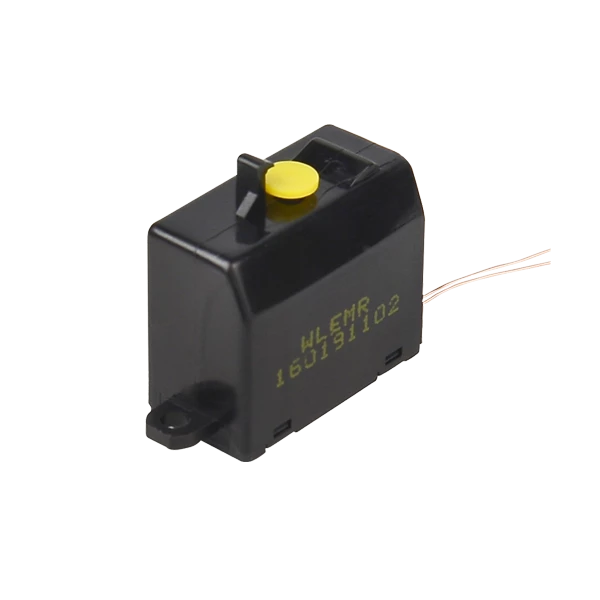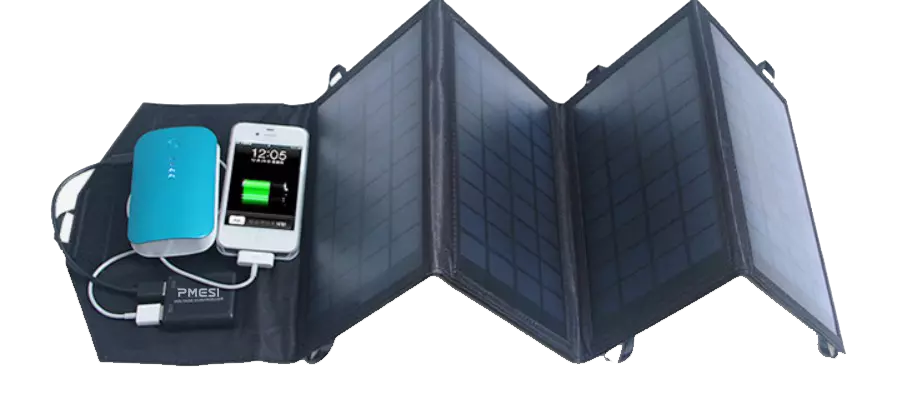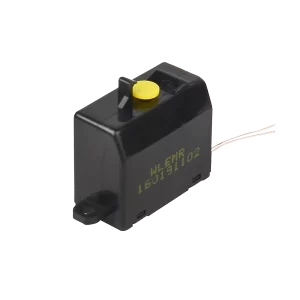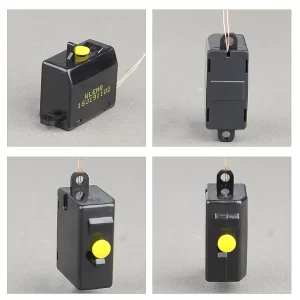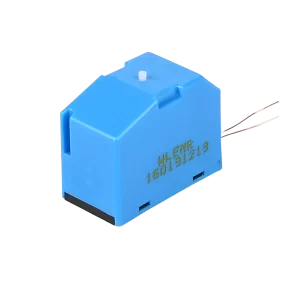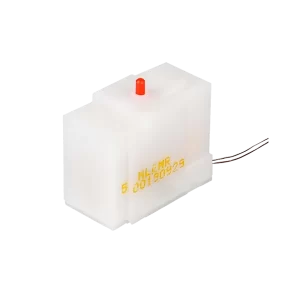Introduction of What is Electromagnetic Relay
An electromagnetic relay is a type of electrical switch that operates by an electromagnet. It’s designed to control a larger current with a smaller current. When someone applies a small voltage to the relay’s coil, it creates a magnetic field which pulls a lever and changes the switch position. Once the voltage is removed, the magnetic field disappears, and the lever returns to its original position.
Here’s a simple breakdown:
Structure
The main components of an magnetic relay switch, a coil, an armature, a spring, and a set of electrical contacts (which can be normally open or normally closed).
Electromagnetic relay working principle
When electrical power is provided to the coil, it generates a magnetic field. This field attracts the armature, which moves and either makes or breaks a connection with the contact.
Applications of electromagnetic relay
Advantages
They offer electrical isolation between the control and output circuits, making them particularly useful in situations where this isolation is beneficial, like in controlling high-power devices from microcontrollers.
In modern times, while solid-state relay electromagnetic is increasingly popular due to their lack of moving parts and faster response times, electromagnetic relays still have their place, especially in applications where physical isolation or higher power switching is required.
How Electric Relay Works
Electricity operates a magnetic relay switch rather than mechanics, serving as a switch. Here’s a simple breakdown of how it works:
- Basic Concept: At its core, a electromagnetic induction relay is a switch that is operated electrically rather than mechanically. While there are various types of relays, they all have the essential function of controlling one electrical circuit by opening and closing contacts in another circuit.
- Coil & Contacts: Most relays consist of an electromagnet (a coil of wire that becomes magnetic when electricity flows through it) and a set of movable contacts.
- Activation: When an electric current passes through the coil, it generates a magnetic field. This magnetic field attracts a lever and changes the switch contacts.
- Switching Mechanism: Depending on the type of relay, the application of current to the coil either:
- Closes an open circuit (“Normally Open” or NO relay)
- Opens a closed circuit (“Normally Closed” or NC relay)
- Deactivation: When you switch off the current to the coil, the relay returns to its initial state. This is due to a spring or some other method that returns the movable contacts to their original position.
- Protection: Magnetic contactor relay can also provide protection by ensuring that a circuit doesn’t get overloaded. If too much current flows, the relay can trip, breaking the circuit and preventing potential damage or hazards.
- Isolation: Another significant advantage of relays is that they can isolate the low-power control circuit from the high-power load circuit. This means a low voltage signal (like from a microcontroller) can be used to control high power devices (like motors or lamps).
How many types of relays
The magnetic overload relays acts as a protective device. For example, if there is an imbalance due to leakage (like when someone touches a live wire or there’s a fault in the device), a residual current starts flowing through the sensing coil.
This induces a magnetic field around the coil. When this magnetic field reaches a certain threshold, it activates the electro magnetic relay, which in turn trips the RCCB and disconnects the faulty circuit. This process occurs very quickly, often within milliseconds, ensuring the safety of users and protecting equipment from damage.
The primary advantage of the RCCB is that it offers protection against potential electric shock and reduces the risk of fire caused by earth faults. For more detail can check the page of RCD

